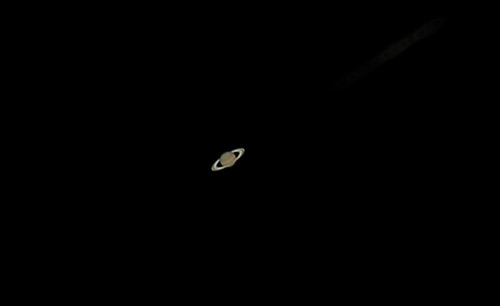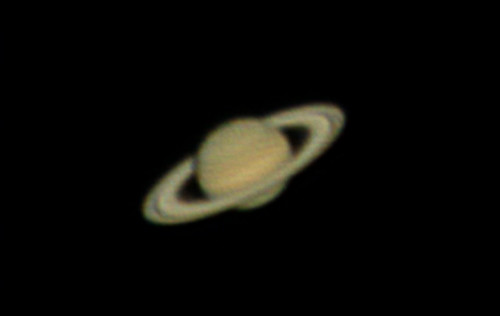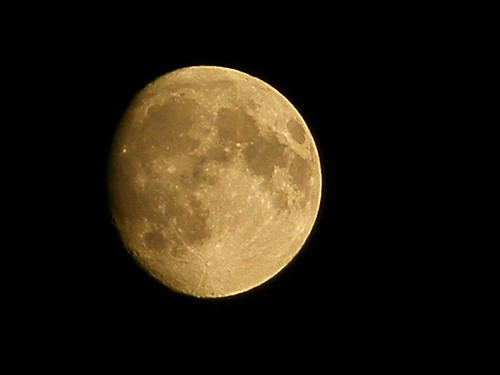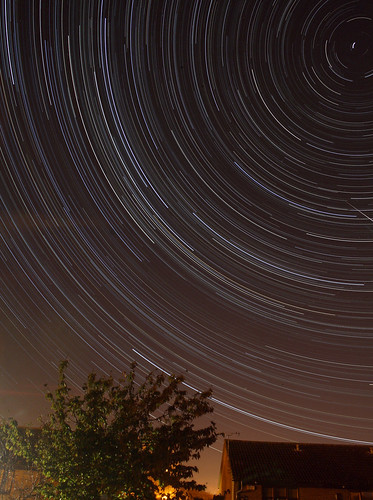 |
| Meteor on the right |
Star trails have been something I've wanted to photograph since I first became aware of them around a year ago. The patience of spending all night in the garden with your camera in the freezing cold put me off slightly, but lately due to a clear window and some clear skies, I've managed to get the same results indoors.
This guide will briefly (and as simply as I can) explain the process I took to get these results by stacking multiple images together to create one final long-exposure image.
The first step is to set the camera up. For these images I use continuous shoot mode, with 30 second exposure and a low ISO (around 400) to keep the grain down. I'll set the aperture once the camera is pointing at the sky as it depends on how dark/light the sky is.
I've been taking my latest star trail shots through a back window in a spare room. By positioning the tripod against the wall, I can get the camera as close to the window as possible (try make sure the window is clean too!). Adding a bit of support to the tripod legs to stop any movement or slippage during the night.
Once my shutter speed, shooting mode ISO are set, and I'm happy with the aperture, I use a wired external remote with locking switch to begin shooting. Continuous shoot mode will continually take shots while the remote button is pressed.
I'll then, usually, go to bed. You will usually find the camera silent in the morning, having drained all battery life. I've been told that when the sensor is activated is when the camera uses the most power, so continuous shots drain it pretty quick - however you should still get 5 - 7 hours of shooting out of a full charge (on my Canon 1000D anyway).
I'll then review the photos on screen, checking every 15 - 30 shots for clouds. Some trails I have had to cut short as clouds tend to come along after a few hours, in this case, I'll discard these from the final edit.
To stack the good images I use a program on the Macbook called Starstax (will add a link). This program, simply put, takes all the photos you select and stacks them together. Very simple to use indeed so no real need to explain further in this.
The stacking will show you each image as it stacks it, 2 or 3 per second, which is interesting to watch as you can see your photo gradually building up - star trails gradually getting longer. Occasionally you may see a plane fly past, or if you're lucky a meteor suddenly appear. By watching the stacking process you can also identify any shots that need touching up, for example last night I had to edit 4 or 5 photos after noticing a neighbour used a spotlight, thus filling the shot with an over-exposed foreground and bit of lens flare. A quick touch up in Photoshop on these images quickly solves this.
If you chose not to touch these up, and simply delete these images, you will have gaps in your trails.
Once the stacking is complete, you can save the final image onto your computer.
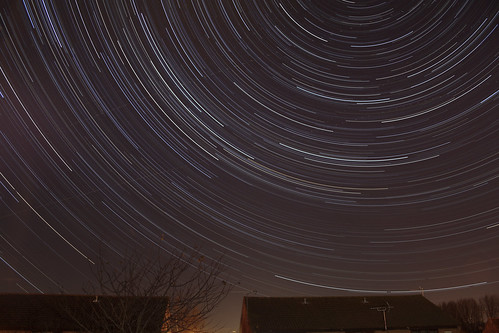 |
| 2 hours 38 minutes |
I tend to open the final image in Photoshop to see if it needs any touching up or colours fixed. I generally make the sky a little darker black/blue as so much exposure can make it pretty light/purple. I may also touch up the light pollution at the bottom of the shot.
I'm now pretty confident with this process, but am continuing to play around with different angles and parts of the sky. I'm also trying to hunt down some meteors of course ;-)


.jpg)
.jpg)








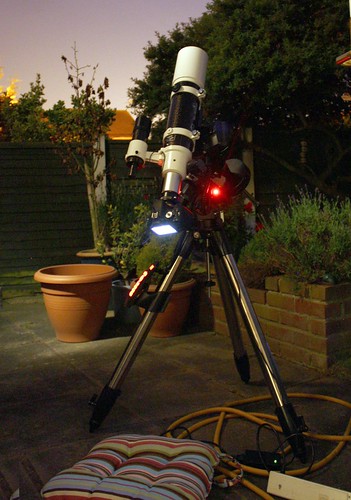
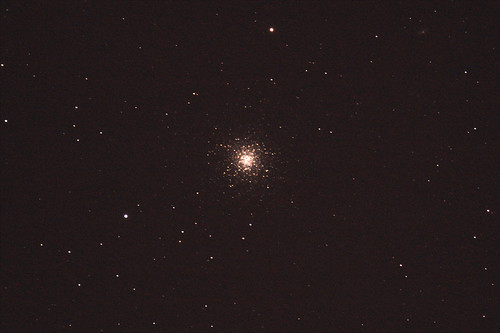
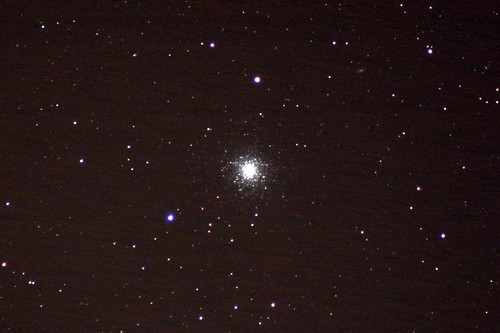
![Andromeda M31, M32, M110 (Big) [40 of 52]](http://farm3.staticflickr.com/2849/9105676743_467755064c.jpg)




